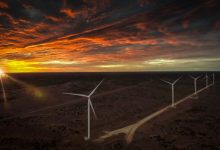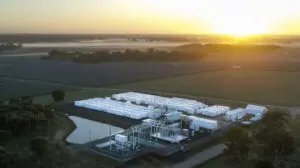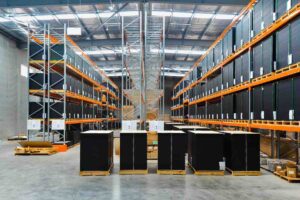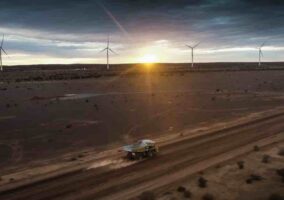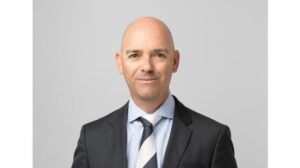The federal government has kicked off the tender for its $2 billion hydrogen head-start program, which it describes as the largest ever funding program for renewable hydrogen, as Australia tries to compete for capital with the US and the EU.
The program, to be managed through the Australian Renewable Energy Agency, will likely support three large green hydrogen projects in Australia and help bridge the commercial gap between the cost of producing renewable hydrogen, and the current market price for dirty hydrogen produced by fossil fuels.
The hype around the hydrogen economy has tempered somewhat in the past year, but the technology is still seen as key to cut emissions in hard to abate sectors, including in the use of ammonia and fertilisers, green metals, and – some still hope – in heavy transport.
Large scale Australian projects, however, have been sidelined by the rush of capital to the US because of the Biden Administration’s generous Inflation Reduction Act and supportive policies in the EU and elsewhere.
These include those from Australia’s most forceful advocate of green hydrogen, iron ore billionaire Andrew Forrest, who has warned capital will go overseas without adequate local support, although his company is building an electrolyser factory in Queensland and this week signed a long term off-take agreement with what could be the country’s biggest solar farm for its Gibson Island hydrogen project.
Hydrogen advocates say Australia needs to do a lot more than the $2 billion on offer in the hydrogen head-start program, but the program is considered to be a good base to work from.
““Large-scale production of renewable hydrogen is critical to Australia reaching our potential as a renewable energy superpower, adding $50 billion to our GDP and creating over 16,000 jobs by 2050,” said federal climate and energy minister Chris Bowen.
“Australia already has the largest pipeline of renewable hydrogen projects in the world. Our regions have the resources, technical skills and key trade partnerships to drive growth in hydrogen and other clean industries, as well as the jobs that come with it.
The funding document says only a “small number” of projects will be supported as the program aims for size and bulk, beyond the small pilot scale projects that have been funded for date. Support will come in grants in the form of production credits, and will be payable for 10 years from 2026/27.
The minimum size will be for a 50MW electrolyser and must be for a “new” project that is sourced from 100 per cent renewable power. Initial expressions of interest are due in November, but a final decision is not expected until October, 2024.
The short, four week deadline for the EoI was welcomed by Simon Currie, from green hydrogen developer Energy Estate. “This is the sort of momentum we need to create,” he said. “We need to be seen globally that we are going to make those electrolyser orders, and we are going to attract the major players.”
The federal government has provided $500 million already to support the creation of hydrogen hubs in, and ARENA says it has provided $308 million supporting 46 different small scale projects since 2017.
The South Australia government has also promised $600 million to support the creation of a 250MW electrolyser and a 200MW green hydrogen power plant in Whyalla, although the announcement of the winners of that tender has been delayed.
ARENA CEO Darren Miller said the program represents a step change in Australia’s renewable hydrogen efforts.
“With Australia’s abundant renewable energy resources, we’re well placed to be a global leader in the renewable hydrogen industry,” he said in a statement.
“As other countries step up their ambitions, Australia is meeting the challenge and providing the investment we need to stay competitive in the global hydrogen race.”
The Clean Energy Council’s policy director of decarbonisation, Anna Freeman, said the program is welcome, but Australia will need to step up its hydrogen strategy to remain competitive in a tough global market.
“With the real prospect of other regions stealing a march on Australia in activating their domestic green hydrogen sectors, speed is the key to staying a credible contender in the global clean energy investment race,” Freeman said in a statement.
She noted that Australia has 22GW of large scale green hydrogen projects in the wings, the largest project pipeline of any single country in the world.
“But proponents have been finding it extremely challenging to convert this renowned potential into commercially viable projects,” Freeman said.“Hydrogen Headstart can help get at least a couple of large-scale projects over the line by helping them bridge the gap between costs and returns.”

